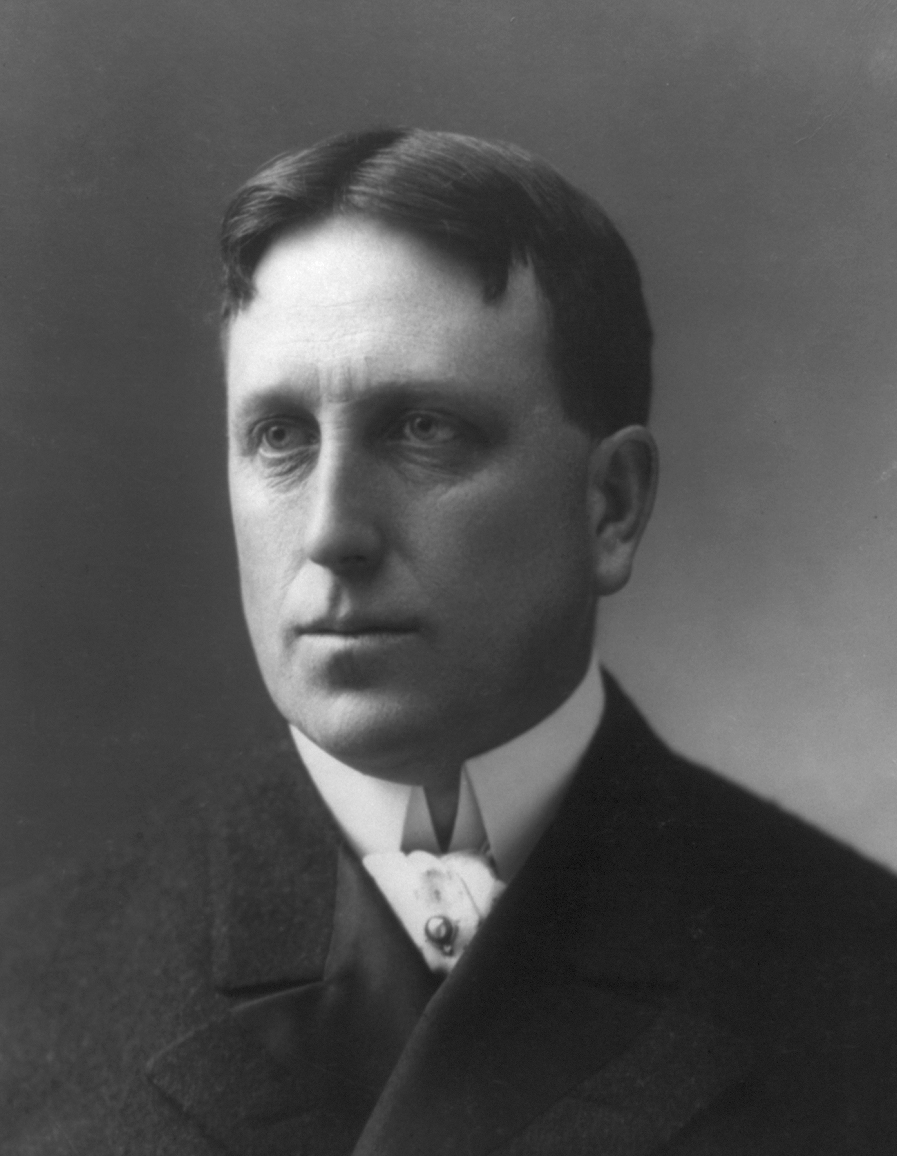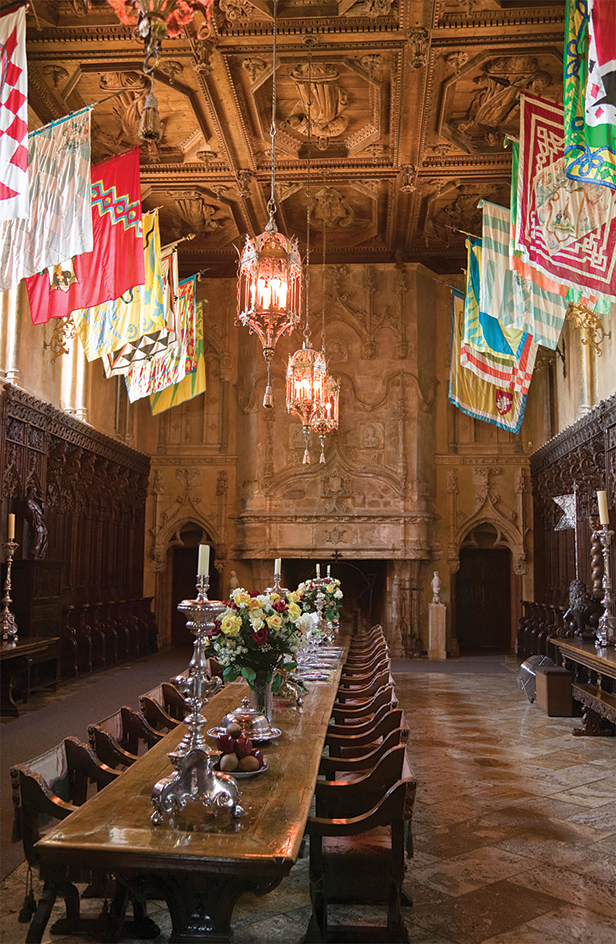Hearst, William Randolph (1863-1951), was a famous American publisher of newspapers and magazines. He developed a sensational journalistic style and spent millions of dollars to interest and attract readers. Critics described his style as yellow journalism.

Hearst had five sons, all of whom became executives in Hearst Newspapers, Inc. His second oldest son, William Randolph Hearst, Jr., won a Pulitzer Prize in 1956. The Hearst Corporation, formed out of William Randolph Hearst’s empire, continues today in publishing and broadcasting.
Hearst was born on April 29, 1863, in San Francisco. His father, George Hearst, was a mining magnate and U.S. senator. His mother was Phoebe Apperson Hearst, a philanthropist. Hearst attended Harvard University but was expelled in 1885 because of a practical joke he played on professors. His father then gave him The (San Francisco) Daily Examiner (nowThe San Francisco Examiner). Hearst made this newspaper a remarkable financial success. In 1895, he bought the New York Journal. He matched the Journal against Joseph Pulitzer’s The (New York) World in a circulation battle, which reached its height in 1898 during the Spanish-American War.
Hearst began buying other papers and magazines, and by 1937 owned 25 large dailies. In 1909, he founded the International News Service to serve them. His magazines included Hearst’s International-Cosmopolitan, Harper’s Bazaar, House Beautiful, and Good Housekeeping. Hearst pioneered in color comics, Sunday supplements, banner headlines, and editorial crusading. He had political ambitions and represented New York in the U.S. House of Representatives from 1903 to 1907. In 1904, he sought the Democratic nomination for president. He also ran unsuccessfully for governor of New York and mayor of New York City. Hearst died in Beverly Hills, California, on Aug. 14, 1951. Characters from several books and films were based in part upon Hearst’s life, most notably the newspaper magnate in the Orson Welles film Citizen Kane (1941).
Hearst’s estate at San Simeon, 175 miles (282 kilometers) south of San Francisco, was one of the most lavish private dwellings in the United States. It included 240,000 acres (97,100 hectares) of land, 50 miles (80 kilometers) of ocean frontage, four castles, and a priceless art collection. Hearst lived on the estate with film star Marion Davies, with whom he had a long-term relationship. Hearst and Davies hosted extravagant parties for Hollywood society at the castle. The main castle and part of the land became a California state park in 1958. 
In February 1974, Patricia Hearst, the daughter of Hearst’s son Randolph A. Hearst, was kidnapped by a revolutionary group called the Symbionese Liberation Army (SLA). In April 1974, she took part in a bank robbery with members of the SLA. She was arrested in 1975, and tried for robbery in 1976. Hearst was found guilty and sentenced to seven years in prison. She had spent about 22 months in prison when President Jimmy Carter commuted (lessened) her sentence, and she was freed shortly afterward. In 2001, President Bill Clinton pardoned her for armed bank robbery and using a firearm during a felony.
